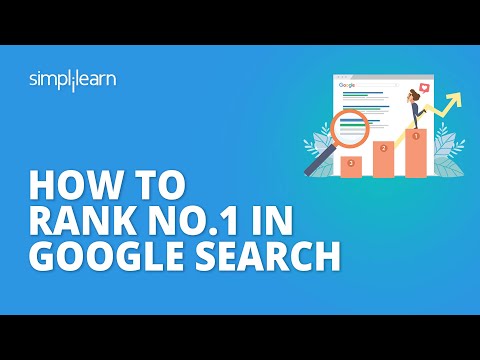Local SEO Secrets: How to Get Your Business Found Online

In today’s digital age, local SEO is a game-changer for businesses looking to attract customers in their area. Whether you run a small bakery, a dental clinic, or a plumbing service, local SEO can help you get found by potential customers searching for your services online. In this article, we’ll uncover the secrets of local SEO and provide actionable tips to help your business dominate local search results.
What is Local SEO?
Local SEO is the process of optimizing your online presence to attract more business from relevant local searches. These searches take place on Google and other search engines, often with the intent to find products or services near the searcher. For example, someone might search for “best pizza near me” or “emergency plumber in [city].”
Why Local SEO Matters
Local SEO is crucial for businesses that rely on local customers. According to Google, 46% of all searches have local intent. This means that nearly half of all searches are looking for something nearby. If your business isn’t optimized for local SEO, you’re missing out on a massive opportunity to attract customers.
Step 1: Claim and Optimize Your Google My Business Listing
Your Google My Business (GMB) profile is the cornerstone of your local SEO strategy. It’s the first thing potential customers see when they search for your business. Make sure your GMB profile is complete and up-to-date. Include your business name, address, phone number, website, hours of operation, and high-quality photos. Encourage satisfied customers to leave positive reviews, as they can significantly impact your rankings.
Step 2: Optimize Your Website for Local Keywords
To rank well in local searches, your website needs to target local keywords. These are terms that include your city, neighborhood, or region. For example, if you’re a dentist in New York, you might target keywords like “dentist in New York” or “emergency dental services NYC.” Use tools like Google Keyword Planner to find the best local keywords for your business.
Step 3: Build Local Citations
Local citations are mentions of your business name, address, and phone number (NAP) on other websites. These citations help search engines verify the legitimacy of your business. Make sure your NAP information is consistent across all platforms, including directories like Yelp, Yellow Pages, and industry-specific listings.
Step 4: Create Localized Content
Content is a powerful tool for local SEO. Create blog posts, articles, and landing pages that target local keywords and address the needs of your community. For example, a real estate agent might write a blog post titled “Top 5 Neighborhoods to Buy a Home in [City].” This type of content not only attracts local traffic but also establishes your business as an authority in your area.
Step 5: Leverage Online Reviews
Online reviews are a critical factor in local SEO. Positive reviews can boost your rankings and build trust with potential customers. Encourage your customers to leave reviews on Google, Yelp, and other relevant platforms. Respond to reviews, both positive and negative, to show that you value customer feedback.
Step 6: Use Local Structured Data Markup
Structured data markup helps search engines understand the content of your website. By adding local business schema to your site, you can provide search engines with detailed information about your business, such as your address, phone number, and business hours. This can improve your chances of appearing in local search results.
Step 7: Monitor Your Local SEO Performance
Regularly track your local SEO performance using tools like Google Analytics and Google Search Console. Monitor your rankings, traffic, and conversions to identify areas for improvement. For more insights, check out our SEO blog.
Conclusion
Local SEO is a powerful tool for businesses looking to attract customers in their area. By following the steps outlined in this article, you can optimize your online presence, improve your rankings, and grow your business. Remember, local SEO is an ongoing process, so stay consistent and keep refining your strategy.




![Roblox Digital Gift Card - 2,500 Robux [Includes Exclusive Virtual Item] [Digital Code]](https://nbanner.link/img/B07RX6FBFR.jpg)